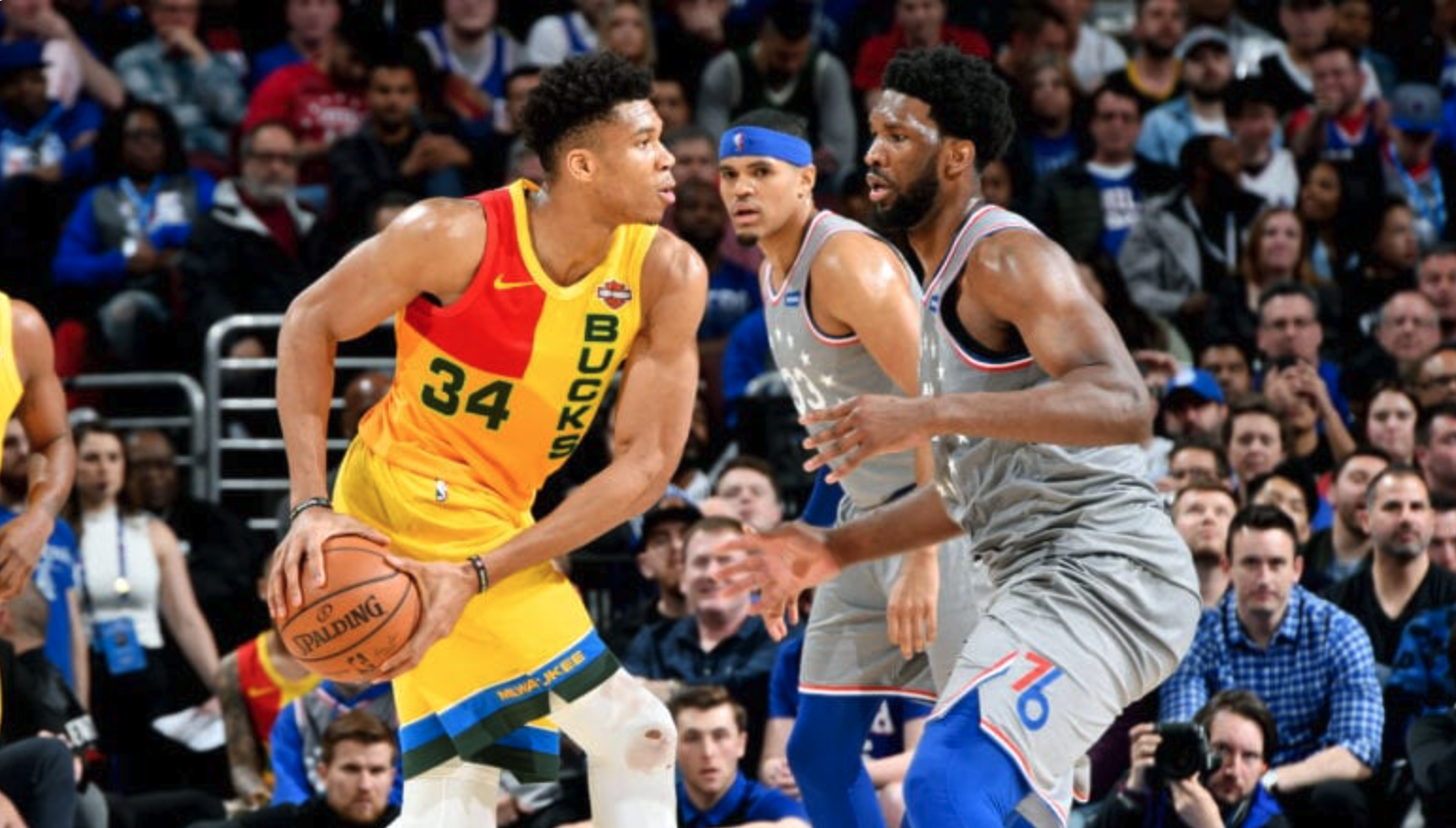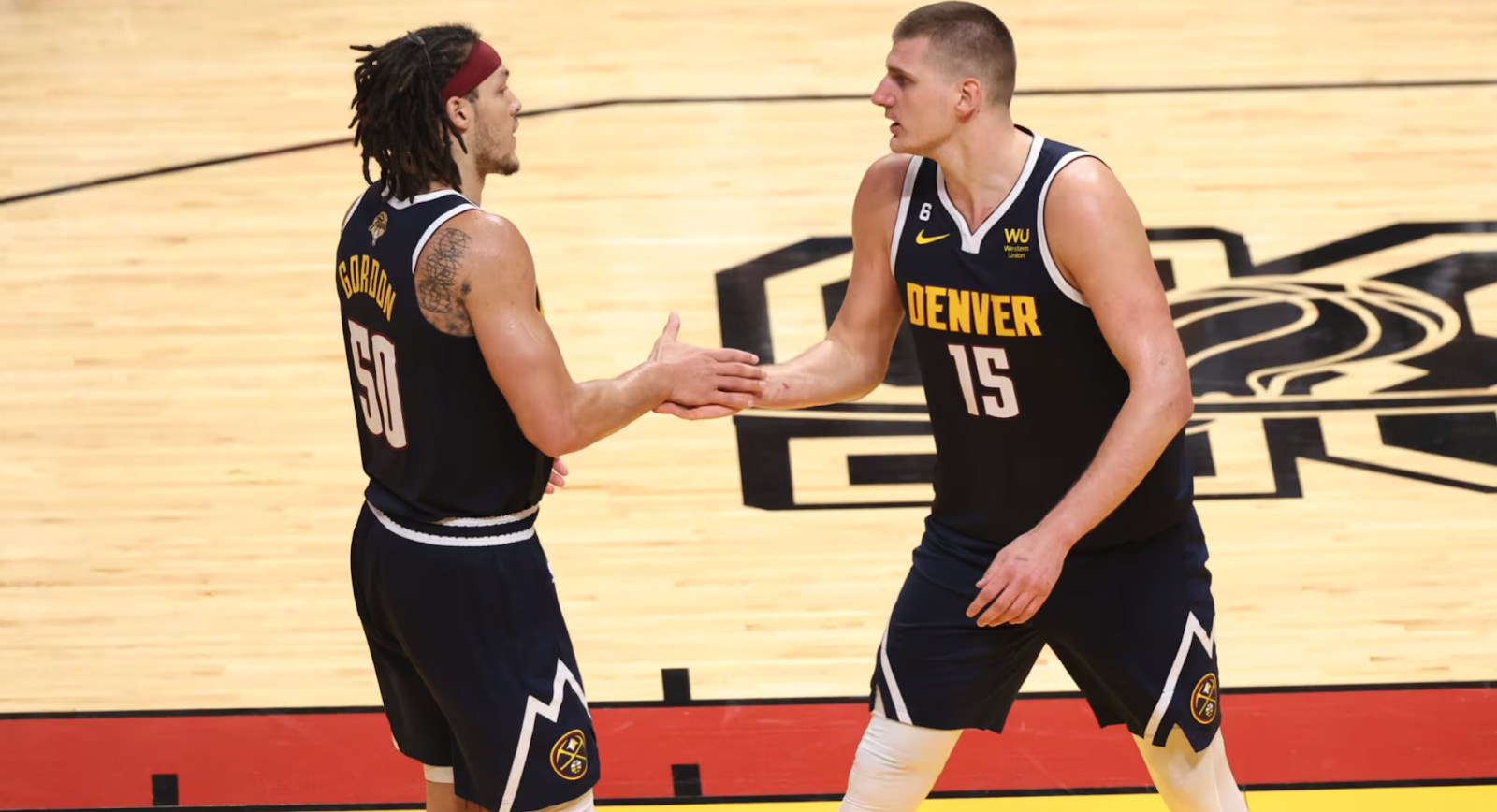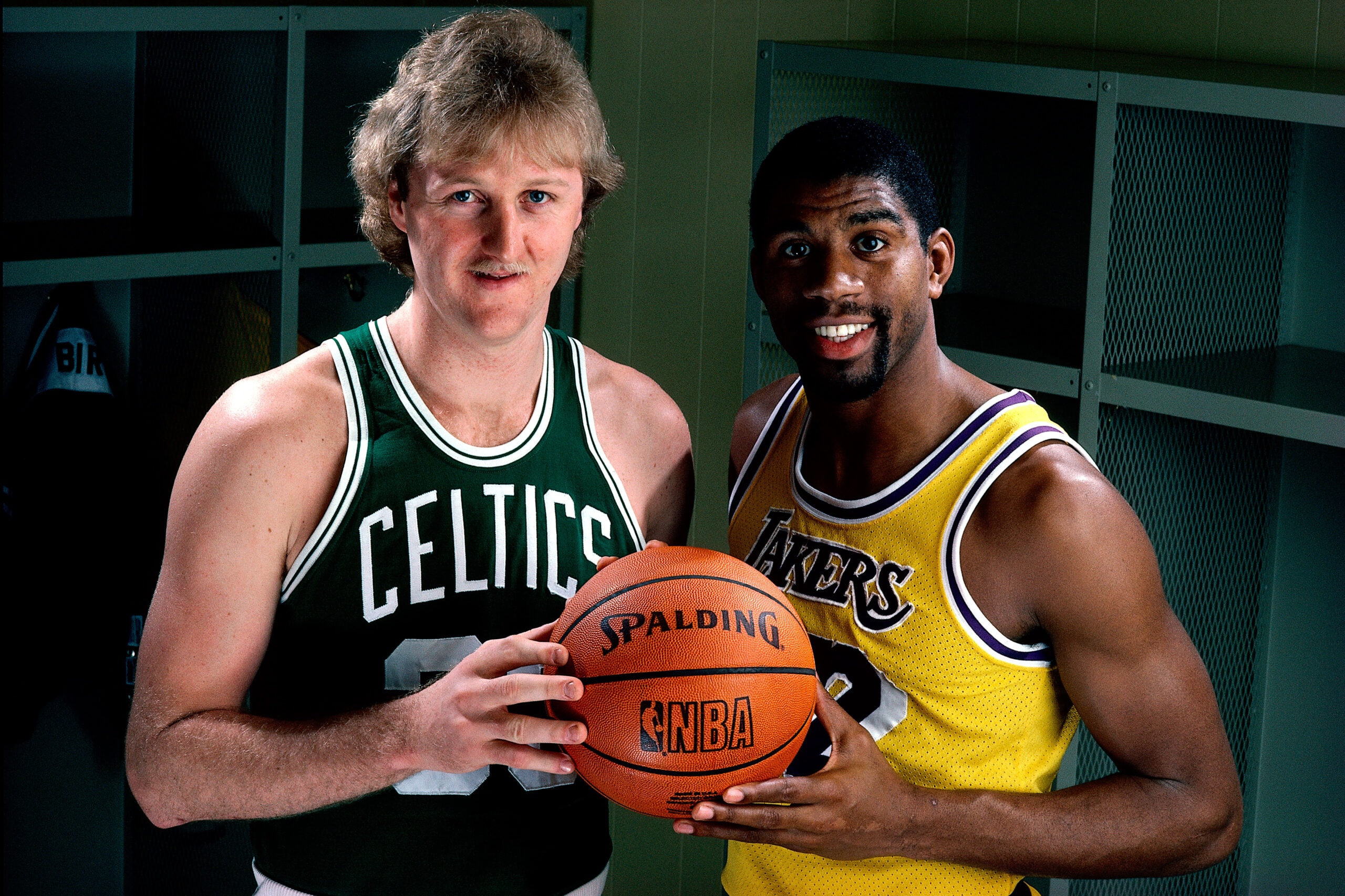The National Basketball Association has gone through three decades of unprecedented growth. It shows no signs of slowing down. In the 1960s and 1970s, the NBA was still considered a third-tier sport to the behemoth that was Major League Baseball and the rapidly-growing National Football League.
Then came the 1980s with Magic and Bird, the 90s with Michael Jordan, the 2000s with Lebron James, the 2010s with Stephen Curry, and now the 2020s with Nikola Jokic. The NBA is now one of the most-watched sports leagues in the U.S. and across the globe.
The NBA is the world’s 3rd most financially successful sports league, sitting behind the NFL and MLB, respectively. It generates around $8 billion annually thanks to TV deals, sponsorships, and increased fan interest. There are 30 NBA teams situated in several different media markets. These markets dictate fan attendance, media coverage, and merchandise sales.
According to Forbes, the Golden State Warriors are the most valuable NBA franchise. The Dubs are valued at around $7 billion. The New York Knicks are second with $6.1 billion; the Los Angeles Lakers are third with $5.9 billion. These teams are in huge media markets (San Francisco Bay Area, New York City, and Los Angeles). Each has won championships (though the Knicks haven’t won one since 1973). All are owned by a wealthy benefactor (Joe Lacomb, the Buss family, James Dolan).
The league makes money primarily through TV rights deals, merch sales, sponsorship, and ticket sales.
They have mega-deals with broadcasters like Turner Sports, Disney, and multiple regional networks. In 2016, a nine-year, $24 billion media rights deal with ESPN and Turner was struck. The deal earns the league around $2.6 billion a year. Local TV broadcasts can generate anywhere between $9.4 million-$149 million.

Photo courtesy NBA
The NBA is unique in how global it has become in the 21st century. A report from 2019-20 found that 108 out of 450 active NBA players were from overseas.
It shows in the international superstars currently playing: Giannis Antetokounmpo, Luka Doncic, Nikola Jokic (who has won MVP twice and recently won the 2023 NBA Championship), Joel Embiid (2023’s MVP), and many role players. They come from Europe, Australia, Africa, and sometimes China. In total, players from 38 countries are now in the NBA. As the NBA has pushed outward to markets like China and Europe, it has struck other broadcasting deals that bring in more revenue.
Compared to NFL and MLB, the NBA is a younger league, established in 1946 after the MLB (1876) and NFL (1920). It didn’t become popular until the 1980s, with its formative years coming in the 90s and its explosion in the early 2000s through early 2010s. Despite now being the 2nd or 3rd most-popular sports league in the U.S., the NBA only generates half of the NFL’s annual earnings.
The NBA’s broadcasting deals aren’t as lucrative as the NFL’s. Eighty-two games plus playoffs means not every team can get national airtime. The league uses advertising to supplement arena-generated revenue. Ad patches are on jerseys and more ad breaks during timeouts.
All 30 teams share the broadcast revenue at the end of every season. A 2017 ESPN report noted how a team like the Lakers dwarfs the Grizzlies. The Lakers earned around $149 million from local broadcasts, while the Grizzlies around $9 million. But it makes sense with the Lakers in a massive metropolitan area like Los Angeles. Memphis isn’t at that level.

Photo courtesy Ryan
This gulf is significant because local TV money is used for players’ salaries. National revenue pays for operating costs and drives up the salary cap. A team in a larger media market will get more TV coverage, especially on national broadcasts.
The growth of the NBA has made player wages exorbitant. The NBA uses a salary cap similar to the NFL and NHL. It helps keep a competitive balance between all 30 clubs. The cap is broken down into three tiers: the salary cap (where free spending stops), the luxury tax threshold (where teams are penalized for overspending), and the apron (restrictions on player movement). The cap plays a massive role when making high-end free-agent signings and trades.
Players have a stipulation in their contracts called Bird Rights. These pay players over a team’s cap limits without punishment.
They can be paid a maximum salary if they don’t qualify for Bird Rights. A max salary is typically reserved for a superstar player. On the flip side is a minimum salary, often called the veteran’s minimum. Teams can sign multiple mid-level free agents outside the cap due to Mid-Level Exception rules. This salary is higher than the veteran’s minimum but never reaches the max salary threshold.

Photo courtesy NBA
The league’s growth hasn’t even hit its peak. The talent gets better every year, more international players are coming, and more fans tune in every season.





